
INSECT INSIGHT
EASTERN CANADA
You’re confident that you’ve done everything possible to get your seed investment out of the ground and growing for maximum yield potential.
Then comes the bad news that conditions are just right for some unwanted insect pest to show up and that you need to be on alert for that dreaded threshold number. Next comes crop scouting and insecticide plans on what to use if you need to take action.
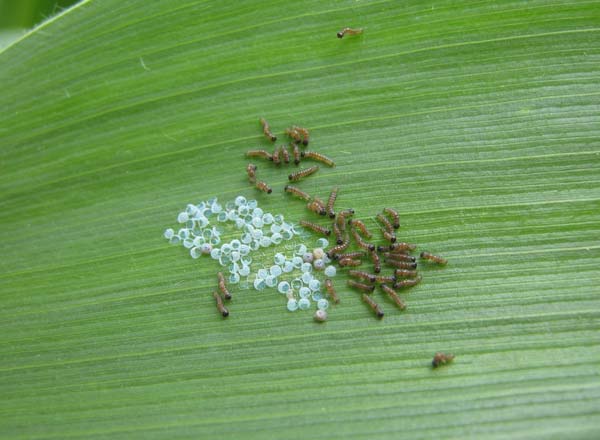
You’re not alone if western bean cutworm, European corn borer, true armyworm or any manner of other insect assault has you wondering where, when, how, and what to spray.
Will these pests show up or won’t they? How do you identify each insect and measure economic threshold? When is the best time to spray to avoid killing pollinators and other beneficials?
Read the articles below for some of the latest research on how to protect your crop investment. FMC has some new and unique solutions to some of the worst yield and quality-robbing insects in corn, soybeans, potatoes and fruit and vegetable crops.
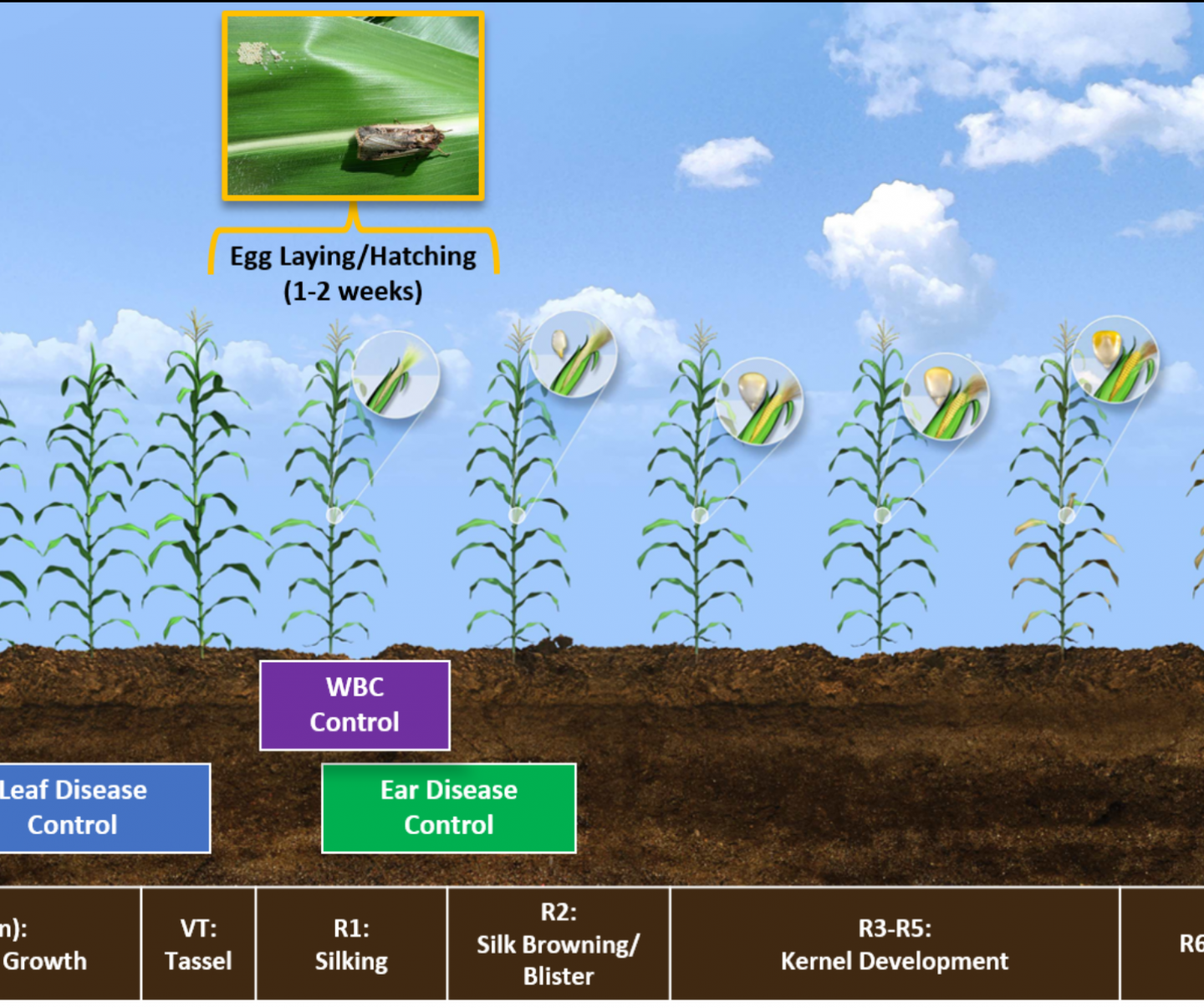
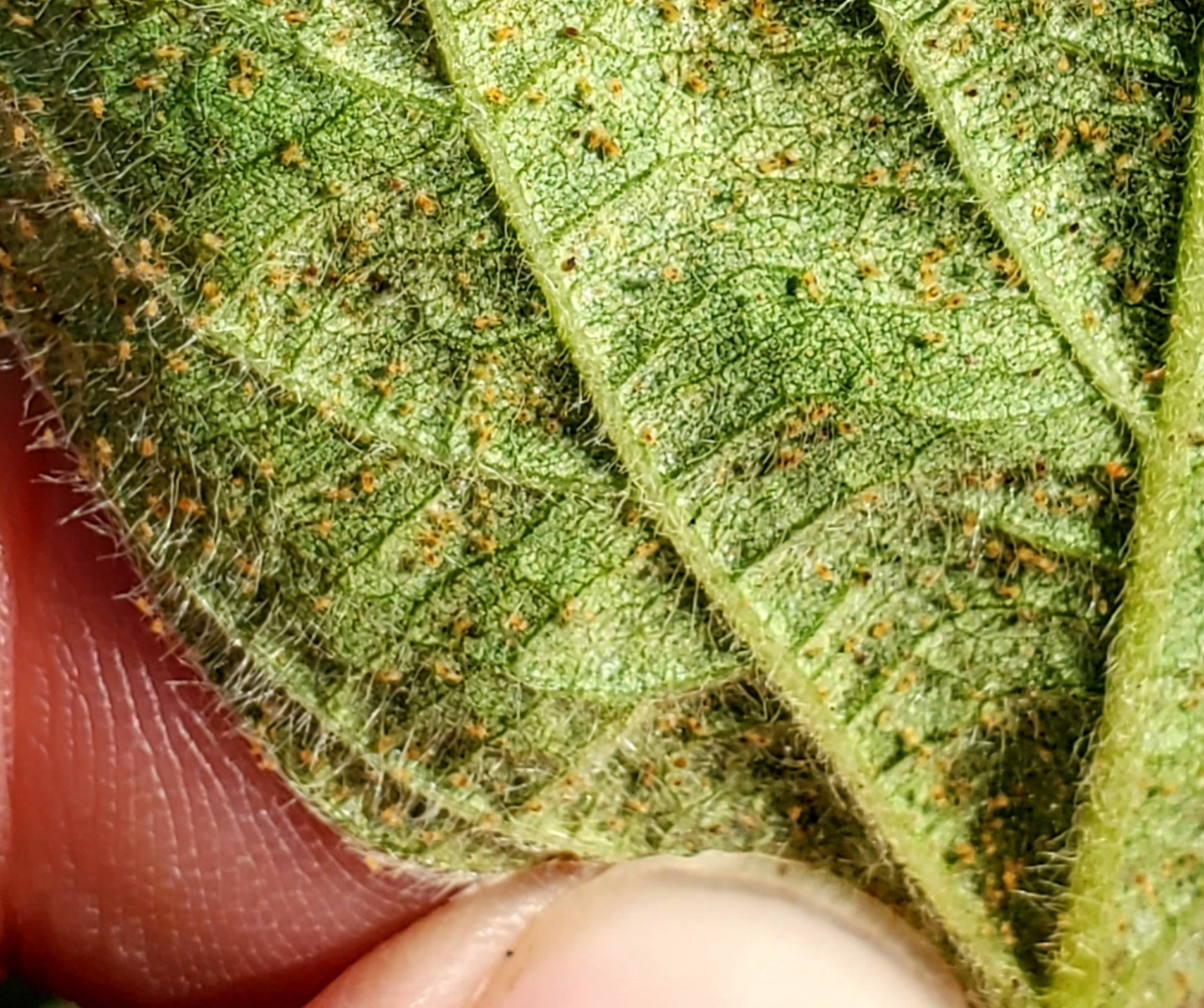
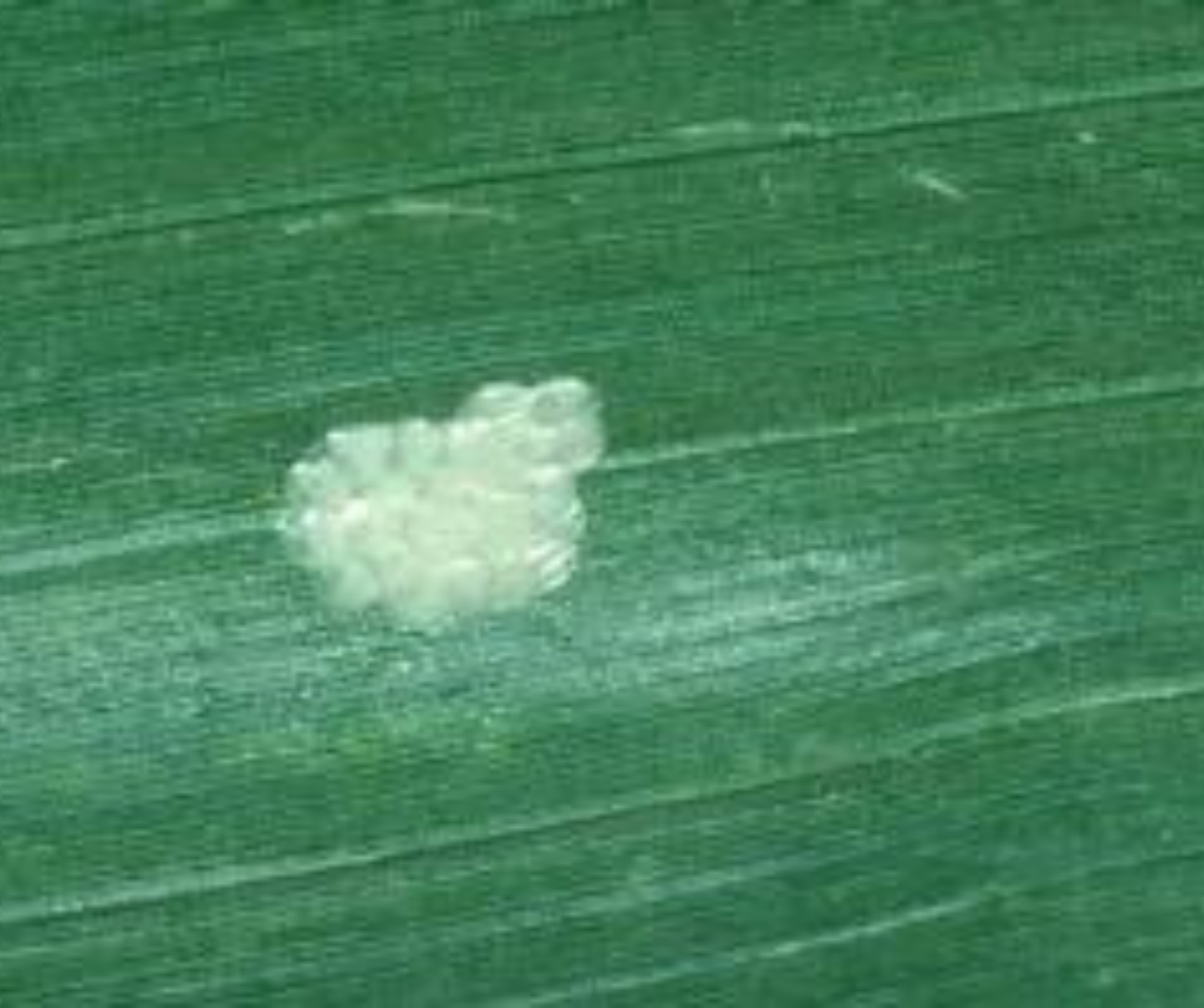
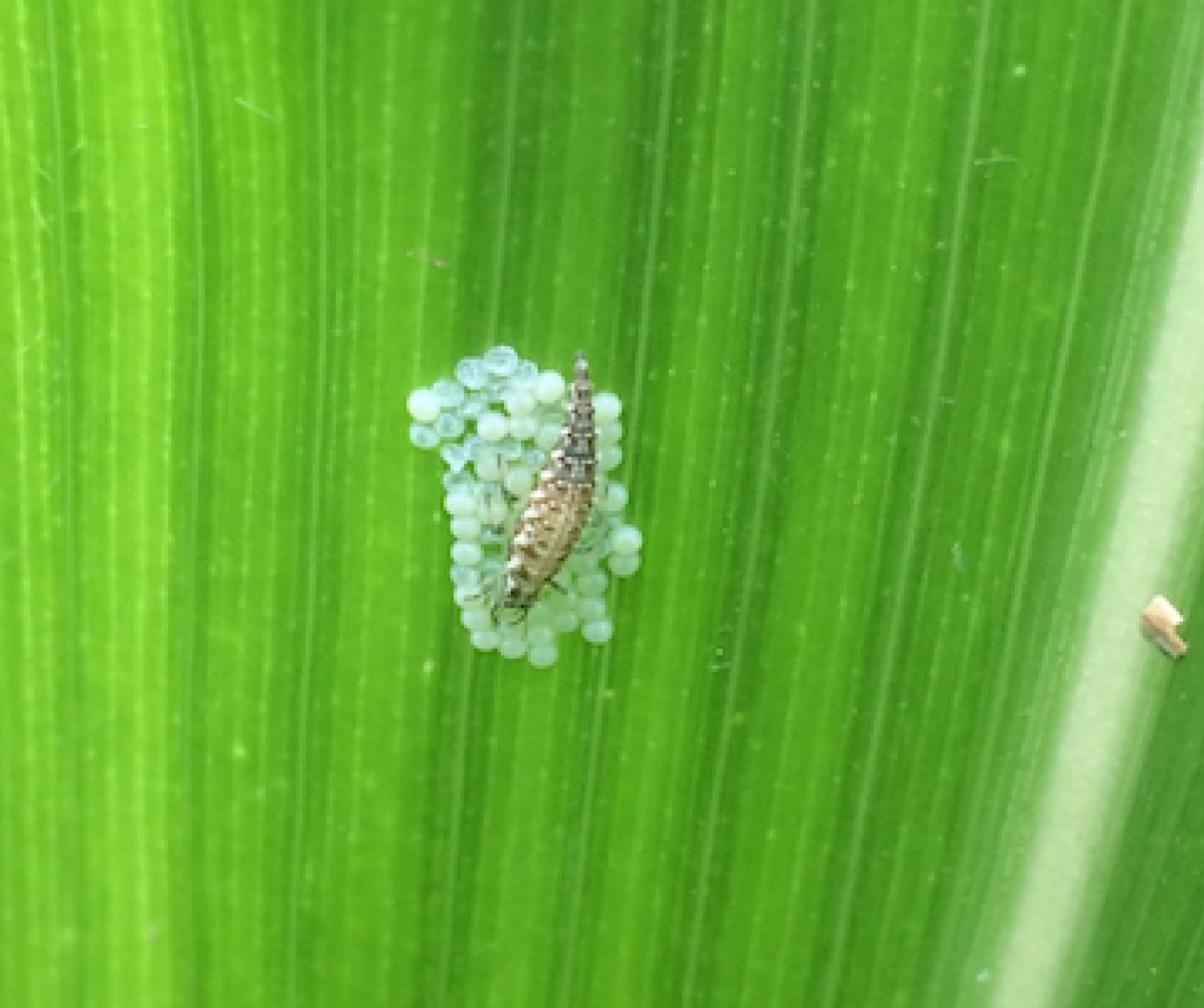
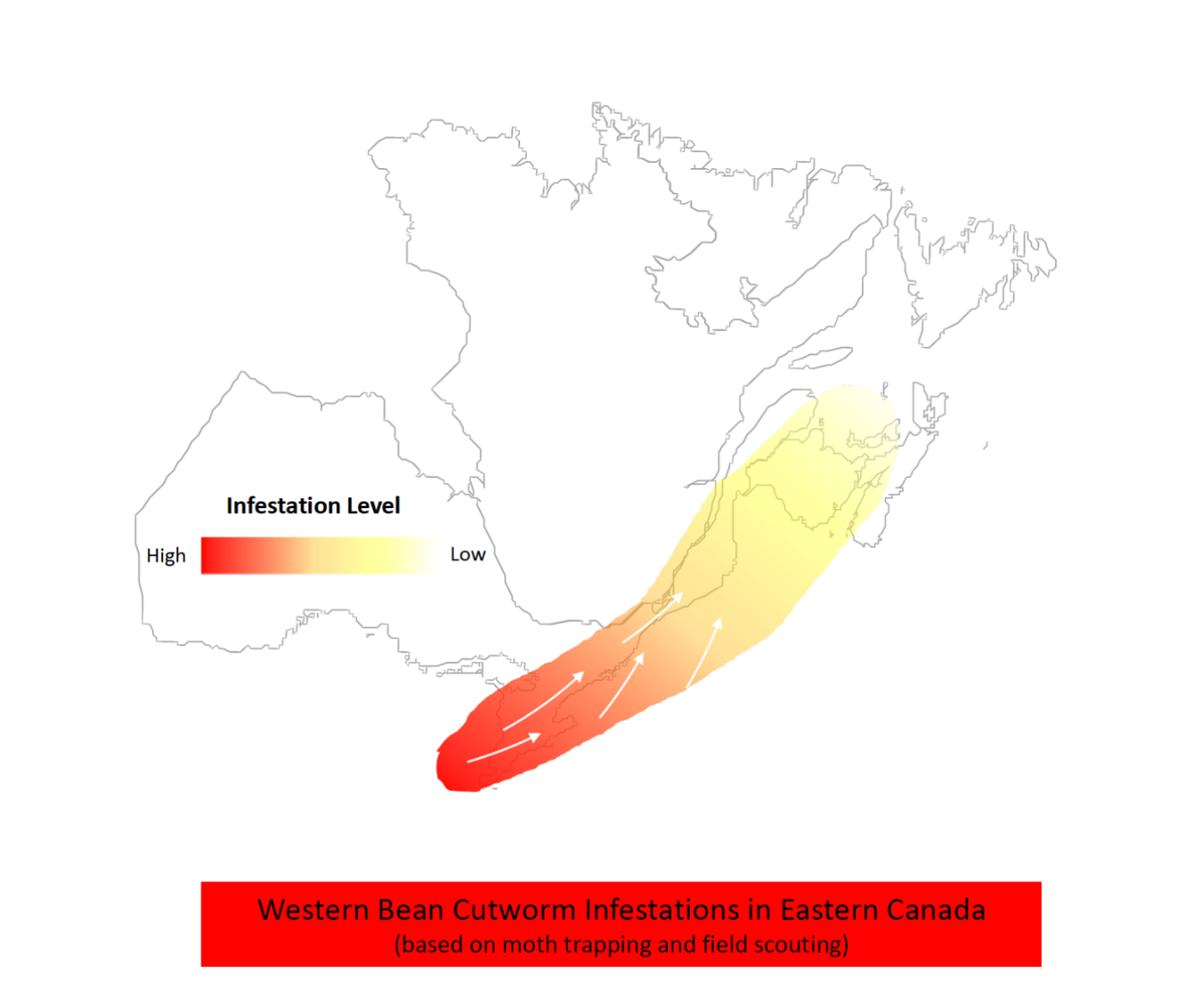
Since its arrival in Ontario in 2008, Western Bean Cutworm (WBC) has become the single most important insect pest in field corn. The movement of this pest is pushing Eastward each year, making it a concern for most field corn acres in Canada. The first step to tackling this emerging threat is to understand its lifecycle and the potential damage it can cause.
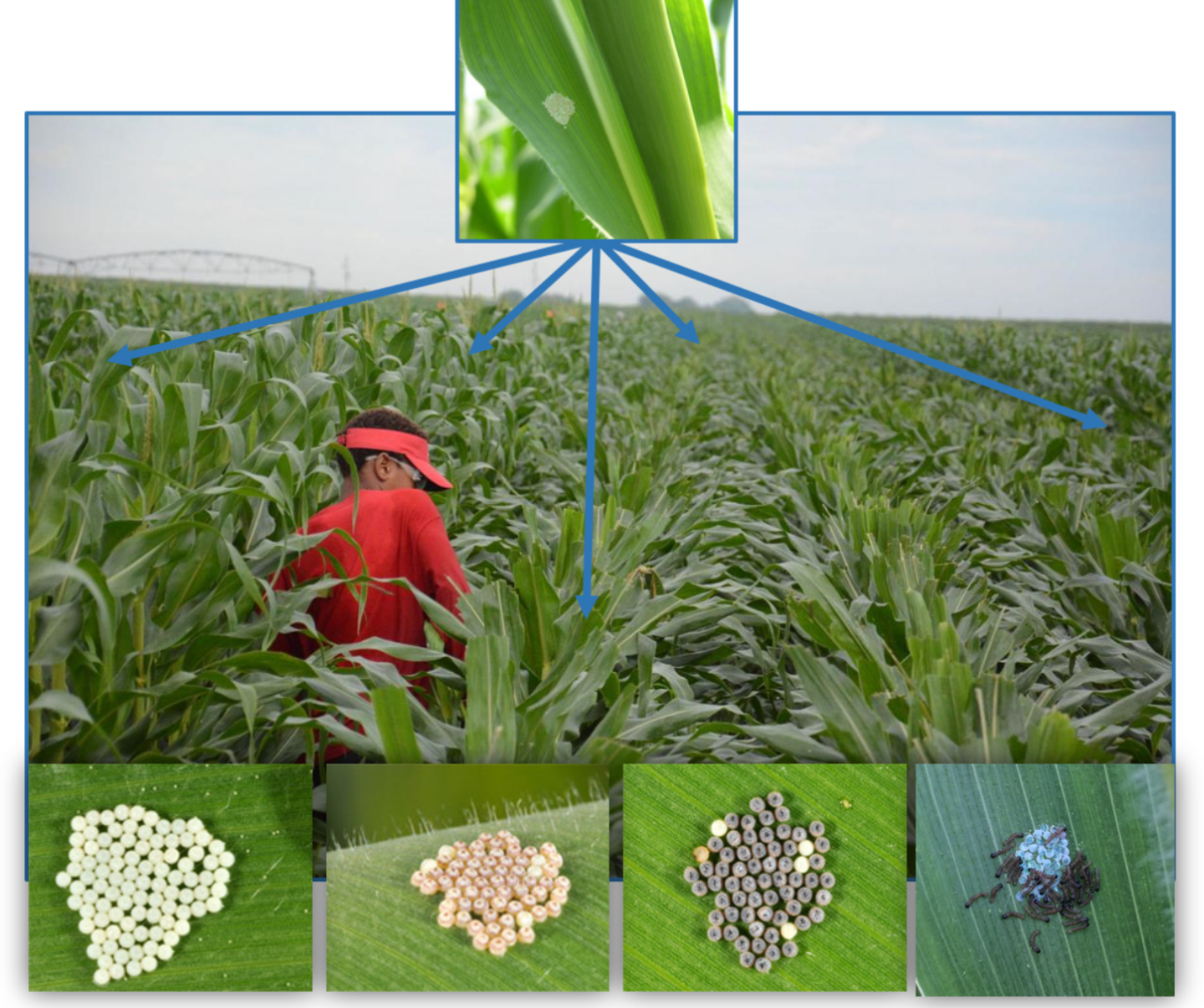
Western Bean Cutworm (WBC) infestations tend to be patchy and sporadic in many fields, therefore careful monitoring is required to determine if an insecticide application is needed.

Knowing when, where and how to scout is key to protecting yield from true armyworm.
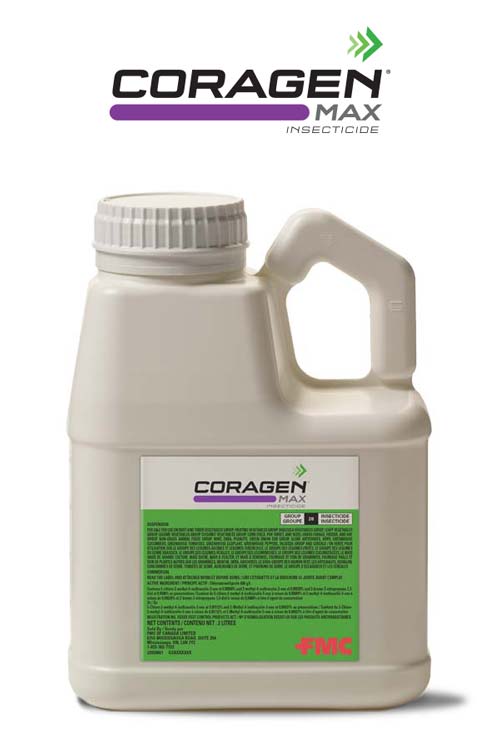
Coragen MaX insecticide is the new highly concentrated formulation of Coragen® insecticide, a leading, high-performing pest control solution in Eastern Canada. The new formulation allows growers to cover more ground with less product.
The new Coragen MaX insecticide is a great solution for Eastern Canadian growers facing quality and yield loss due to feeding damage from western bean cutworm, Colorado potato beetle, European corn borer, armyworms, imported cabbage worm, diamondback moth, and many more pests.
The new concentrated formulation comes in a 2 L jug that treats 60 acres at the most common western bean cutworm application rate, making handling, transport, and storage easier. Lower volumes, smaller warehouse footprint, less plastic, and less packaging to handle means added efficiencies to grower and retailer operations.
The new Coragen Max insecticide delivers extended control plus it has excellent tank-mixability. It controls pests with minimal impact on many important beneficial insects and pollinators* and gives you the ability to apply any time, day or night.
It can be hard to see a lady beetle as a friend when you’re pulling out the vacuum to clean piles of them from windowsills and out of the corner of the ceiling.
But all summer long, lady beetles are helping defend your corn against some yield- and quality-robbing pests. Lady beetles are a beneficial insect in corn and it’s worth using an insecticide that controls pests like western bean cutworm but is gentle on beneficials and pollinators.
The list of beneficial insects includes more than just lady beetles. A healthy beneficial insect population can have a substantial impact on WBC eggs and larvae. Lady beetles, pirate bugs, lacewing larvae, and predacious ground beetles are known to consume eggs and early-stage larvae of WBC.
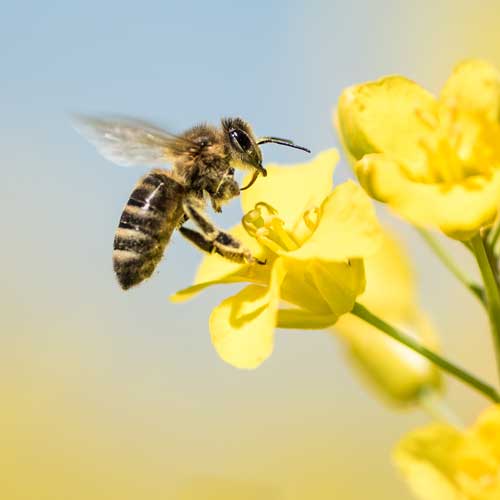 The first thing you can do to encourage a beneficial insect population is to stop spraying a preventive cover spray simply based on the date on the calendar. Spraying an insecticide when there isn't sufficient pressure and economic reason to do so is a harmful practice, both for environmental and resistance management reasons.
The first thing you can do to encourage a beneficial insect population is to stop spraying a preventive cover spray simply based on the date on the calendar. Spraying an insecticide when there isn't sufficient pressure and economic reason to do so is a harmful practice, both for environmental and resistance management reasons.
You can also get good at scouting and monitor entomologist’s news feeds, such as Tracey Baute's Bug Blog in Ontario. Factor the presence of beneficial insects and parasites into your spray decision. Sometimes insect pressure will be teetering on the edge of it reaching the economic threshold to spray but the presence of a healthy predator insect population feeding on the target pest is enough to protect your crop.
If you reach economic threshold and have to spray an insecticide, choose a product that that is easy on beneficials. For instance, new Coragen® MaX insecticide is a reduced-risk product that delivers consistent, long-lasting protection against key insects with minimal impact on many important beneficial insect species and pollinators*. Coragen MaX insecticide has a unique environmental and toxicological profile, making it a great fit for Integrated Pest Management programs.
Even though Coragen MaX insecticide has minimal impact on important beneficial insects and pollinators, it's still best practice to avoid making applications when pollinators are actively foraging. Most bees and other pollinators forage during the day. Avoid unnecessary exposure and further reduce risk by making applications at night or in the early morning.
Coragen MaX insecticide provides targeted control of insect pests, has a wide window of application, and can be sprayed day or night in a wide range of temperatures. You have the flexibility to choose the right time to spray for industry-leading insect pest control while having minimal impact on the beneficial insects you want to protect.
Get reliable, consistent, long-lasting protection against key insect pests with Coragen® MaX insecticide.
* When applied at label rates. In line with Integrated Pest Management and Good Agricultural Practices, insecticide applications should be made when pollinators are not foraging to avoid unnecessary exposure.